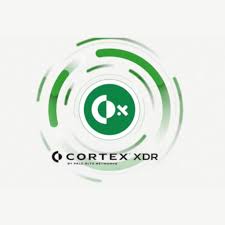Cortex XDR Collector — Endpoint Data Pipeline for Palo Alto XDR
Why It Matters
In larger environments, endpoint security isn’t just about blocking malware — it’s about collecting the right telemetry and sending it into an analytics platform. Cortex XDR Collector plays that role in Palo Alto’s ecosystem. It gathers detailed activity data from Windows, Linux, and macOS endpoints, then forwards it to Cortex XDR for correlation. Without the collector, the platform would have a gap at the endpoint level.
How It Works
The collector runs as a lightweight agent on the host. It records events such as process execution, network connections, file operations, and system calls. Data is normalized locally, then securely transmitted to the Cortex XDR backend. From there, the analytics engine can match endpoint behavior against known attack patterns, lateral movement, or insider misuse. The agent itself doesn’t handle full response logic; it focuses on reliable, low-latency data forwarding.
Technical Profile
| Aspect | Details |
| Platforms | Windows, Linux, macOS |
| Role | Data collection agent for Cortex XDR |
| Data captured | Process starts, network activity, file access, registry changes, system calls |
| Transmission | Secure channel to Cortex XDR cloud or on-prem instance |
| Performance | Lightweight footprint; optimized to avoid disrupting production workloads |
| Integration | Native to Palo Alto Cortex ecosystem; API hooks for SIEM/SOAR |
| License | Commercial, bundled with Cortex XDR subscription |
Deployment Notes
1. Provision endpoints with the agent installer (MSI/PKG/DEB/RPM packages).
2. Register the agent with the organization’s Cortex XDR tenant.
3. Confirm communication over secure channels (TLS, mutual auth).
4. Tune policies to define which event categories are collected.
5. Verify logs in the XDR console and check data flow against test scenarios.
Where It’s Used
– Enterprise SOC teams: centralizing endpoint telemetry for investigation and hunting.
– Regulated sectors: ensuring system-level activity is tracked for compliance.
– Hybrid infrastructures: collecting consistent data across physical servers, VMs, and cloud workloads.
Caveats
– Only works with Cortex XDR — no standalone use.
– Licensing tied to Palo Alto subscription model.
– Data volume can grow quickly, requiring tuning and backend scaling.
– Not a prevention layer on its own; analysis and response live in the XDR platform.

